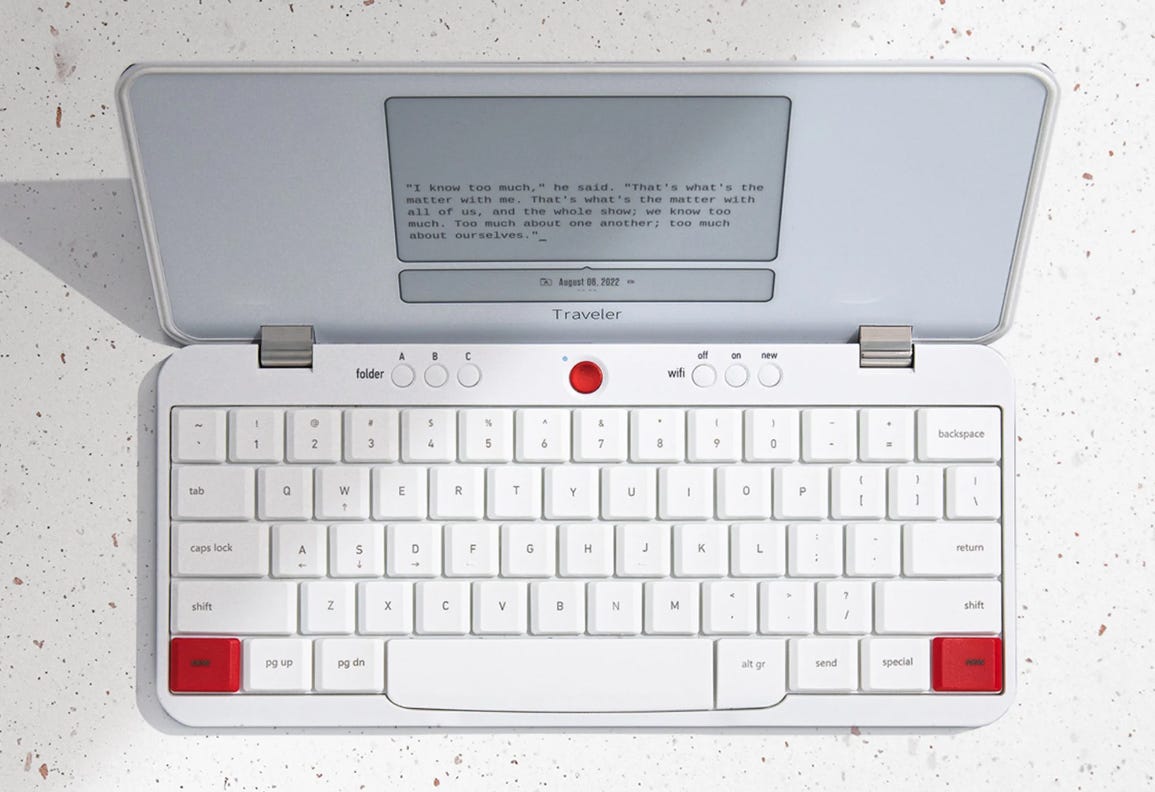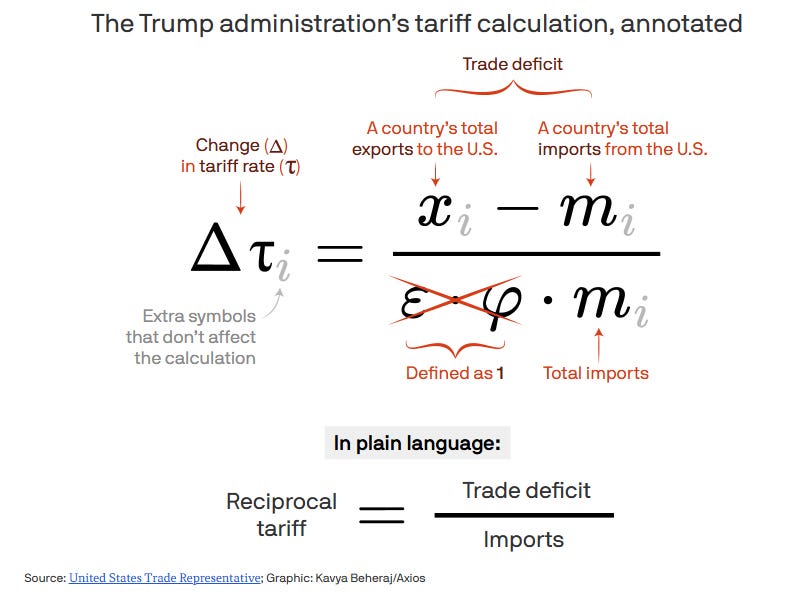Tariffs and the Stock Market
Will the stock market recover from tariffs?
We’ll address whether the stock market will recover later in the post, but let’s start with a few basic things about what’s going on. This is intended to be factual and clarifying, not political.
We recently bought a Freewrite Traveler, a portable drafting device for anyone who wants to write.
The cost of the device was $499.00.
Two days after ordering the device, we received the following email:
Unfortunately, we can’t wait to let the trade war resolve itself, and that means adjusting prices to cover some of our new costs.
The new price is $549.90.
Freewrite is a small company located in Detroit, Michigan.
The 10% price increase is no doubt related to the 10% new tariffs levied on all countries (the 90-day pause in implementing higher tariffs did not eliminate these).
Freewrite will not be the only company in the face of great economic uncertainty to raise prices. Not all will raise prices by 10% to match the new tariffs (some may be higher), but this increase in prices exceeds the increase in inflation at the height of the pandemic.
Of course, who knows what will happen by the day you read this (and things may change the next day).
If the intention is to force all products to be made in America, that’s a problem. We’ve seen the estimates of the price of an iPhone in this scenario averaging around $3,500. Currently, 0% of an iPhone is manufactured in the US. You could always buy an older model.
“Liberation Day” Tariffs
On April 2, 2025 (aka “liberation day”) the US announced tariffs on all countries, using a formula where the Discounted Residual Tariff rate for each country was calculated by taking the trade deficit (exports - imports) divided by imports and then divided by two.
If you’re not familiar with trade deficits, consider the following. Over the years, each time you go to your local grocery store, you are creating a trade deficit with the store. You pay them money to buy stuff, and they don’t buy anything from you.
Trade deficits allow you to buy things you can’t produce or can’t produce as efficiently and cheaply as other countries.
That’s not to say there aren’t some problems with trade, but eliminating all trade deficits will significantly increase the price of many items we use every day—or make them completely unavailable.
The Tariff Formula
Upon the release of the new tariffs for each country, many financial experts commented that the tariffs were based on a simplistic formula using trade deficits.
The administration countered that the formula was more sophisticated and published a complex formula with lots of Greek symbols. It turns out, however, that the first two symbols in the denominator are constants with the values of 4 and 1/4 and, when multiplied, equal 1, so they cancel each other out. Since the x and m symbols stand for exports and imports, this formula reduces to (exports - imports) divided by imports, as suspected. The final Discounted Reciprocal Tariff simply divides this number by 2.
Stock and Bond Market Reactions to “Liberation Day”
So, how did the stock market react to the tariffs? On the two days following “Liberation Day,” the stock market fell nearly 11% (and continued to fall in subsequent days).
Far more alarming, there was a significant selloff in the bond market.
Normally, when some sort of panic results in a rapid selloff of stocks, the price of US bonds goes up. US bonds are—or were—considered a safe haven in times of uncertainty.
But not this time.
Investors appear to have lost some degree of confidence in US government securities. This is a serious problem and may have long-lasting effects.
Recession?
In addition to the likelihood of inflation going up, the chances of a recession have increased significantly.
Where Do We Go From Here?
So, will stocks ever recover?
In past financial crises, the stock market has recovered and gone on to set new record highs 100% of the time.
And we’ll recover from this self-inflicted crisis as well—eventually.
Companies will find ways to navigate the economic environment and make money.
It helps if you’re invested in a market-cap-weighted index because the companies that figure this out will rise toward the top of the index, and companies that fail to do so will become an increasingly smaller drag on the index.
Timing the Market?
Given all that has happened, should you move out of stocks into something “safer?”
The problem is that we don’t know how much further the stock market might decline and, crucially, when it will start to recover.
If you move out of stocks and don’t get back in in time, that may cost you more than being in the market cost you in the first place.
Regular readers of our posts know that we don’t recommend putting stocks into your short-term portfolio (money you’ll need in 3 to 5 years). This allows the markets time to recover from whatever crisis we’re facing.
Recognizing that risk depends on your timeframe (stocks are most risky in the short run, but least risky in the long run) helps you stay calm during market selloffs.
Best regards,
Stuart & Sharon




